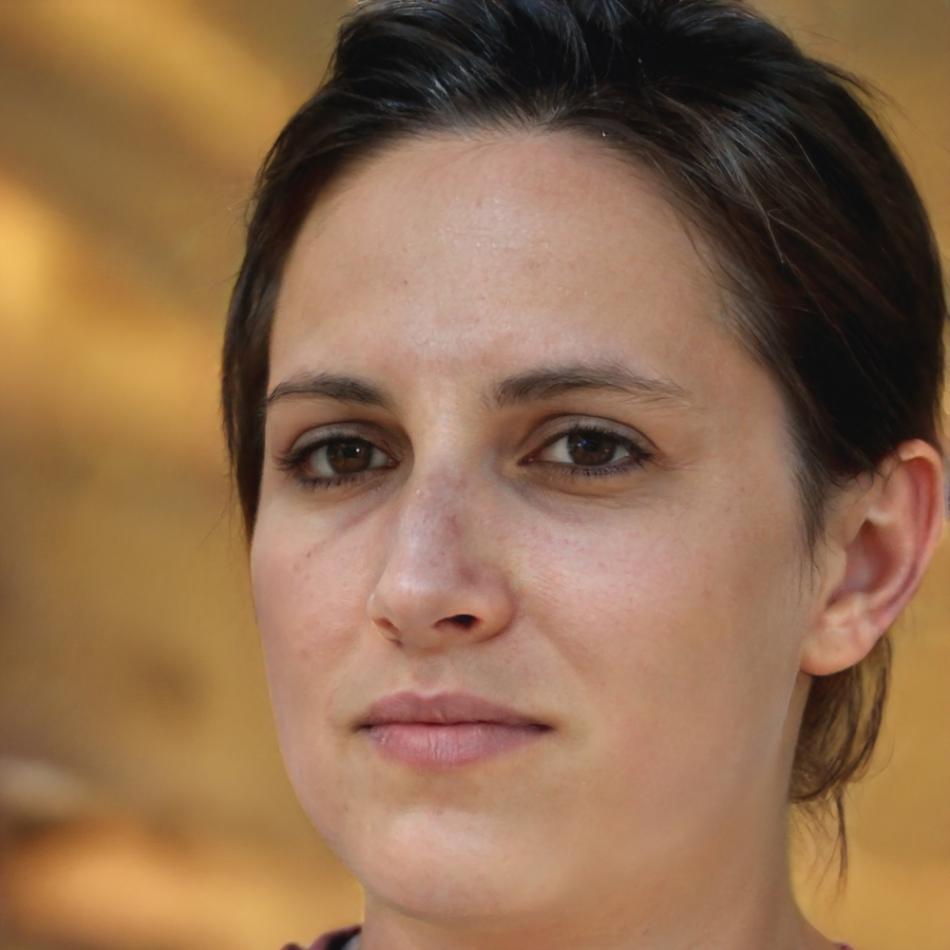Building Content That Lasts
We started thinking about digital sustainability back in 2021. Not because it was trendy, but because we noticed something odd.
Clients would come back every few months asking for complete website overhauls. The content had become outdated, bloated, or just stopped working for their business. It felt wasteful.
So we changed how we approach website content. Instead of chasing quick wins, we focus on creating materials that serve businesses for years—not just months.

How We Got Here
Our approach didn't happen overnight. It evolved through real experiences with Taiwan businesses.
Early 2022 – The Wake-Up Call
A manufacturing client in Kaohsiung asked us to update their site for the third time in 18 months. Same budget spent, same conversations repeated. We realized something needed to change about how content gets created in the first place.
Mid 2023 – Testing Modular Systems
Started building content in flexible blocks rather than fixed pages. The idea was simple: if business priorities shift, you rearrange pieces instead of starting over. Three clients tested this approach. All three were still using the original content a year later.
Late 2024 – Efficiency Metrics
We tracked how much time clients spent on content updates. Sites built with sustainability principles required 60% less maintenance time. Not a promise—just what we observed across 15 active projects throughout the year.
Now in 2025 – Refining the Method
We're working with businesses across Kaohsiung and Taipei. The focus stays consistent: create content structures that adapt rather than break when circumstances change. And they always change.
Real People Behind the Approach
These team members shaped how we think about lasting content. Their backgrounds influence everything we build.

Leif Sundqvist
Content Architect
Spent eight years managing technical documentation for industrial equipment suppliers. Brings an engineer's mindset to content planning—everything needs a purpose and clear maintenance path.

Iris Donoghue
Systems Designer
Previously worked with educational publishers developing textbook materials that needed to stay relevant across multiple academic years. She applies similar thinking to digital content—design for longevity from day one.
What Sustainability Actually Means in Practice
It's not about eco-friendly hosting or carbon offsets. Those matter, sure. But when we talk about sustainable content, we mean building digital materials that don't require constant reconstruction.
Here's what that looks like when we work with Taiwan businesses:
Content That Scales With Business Changes
When a client expands their service area or adds product lines, the website structure accommodates new information without requiring a redesign. We build flexibility into the foundation.
Language That Stays Clear Longer
Trendy phrases date content fast. We write in straightforward language that won't feel outdated in 18 months. Think less "cutting-edge solutions" and more "tools that work."
Technical Choices That Age Well
Some coding approaches become obsolete quickly. We stick with proven methods that'll still function when browsers update or devices change. Boring is better when it comes to technical foundations.
Documentation That Makes Sense
Six months after launch, clients often forget how to update specific sections. We provide clear instructions written for actual humans, not technical experts. Makes maintenance much simpler.